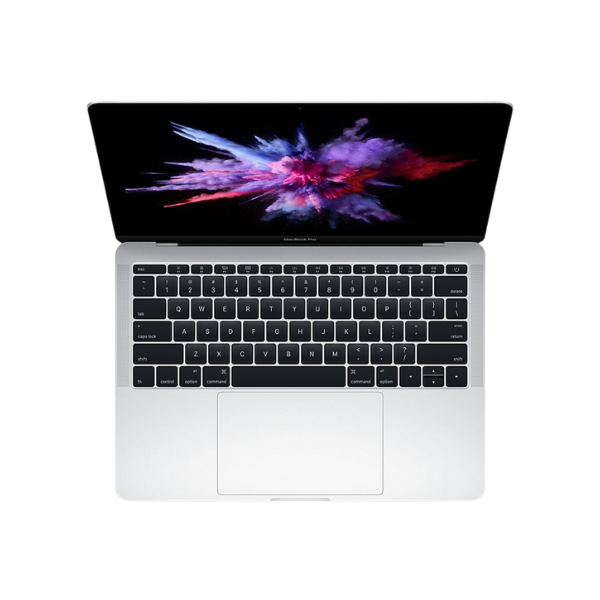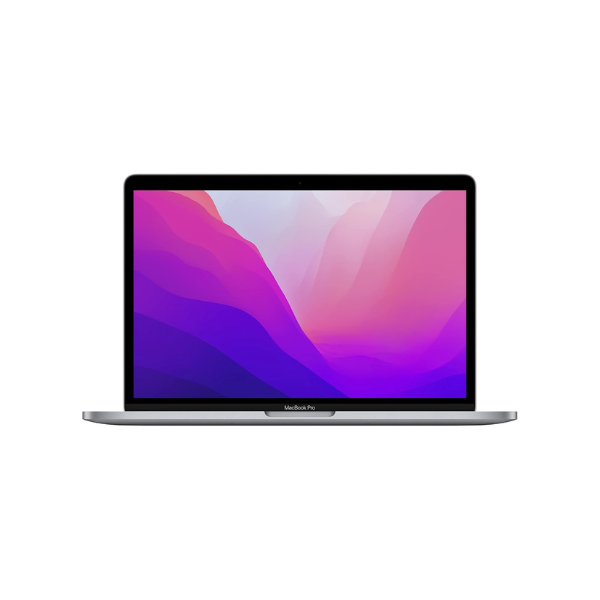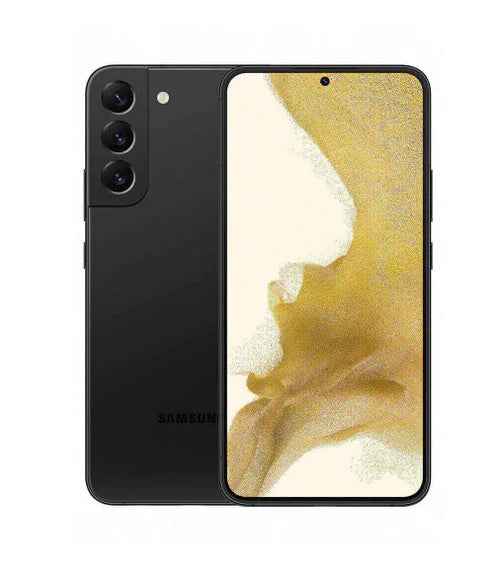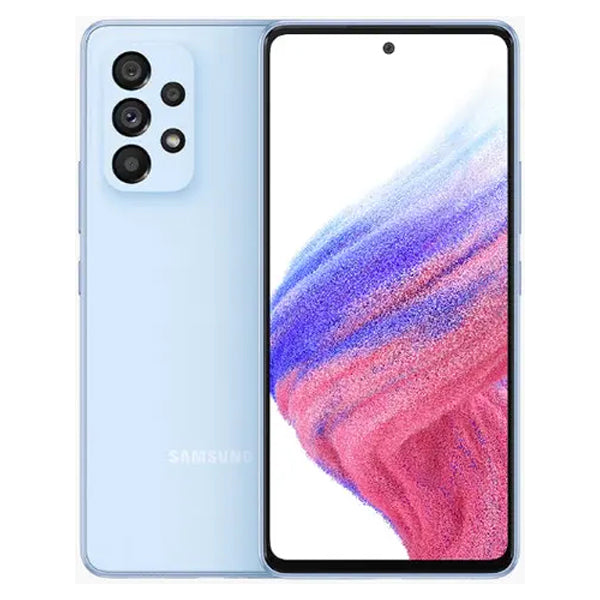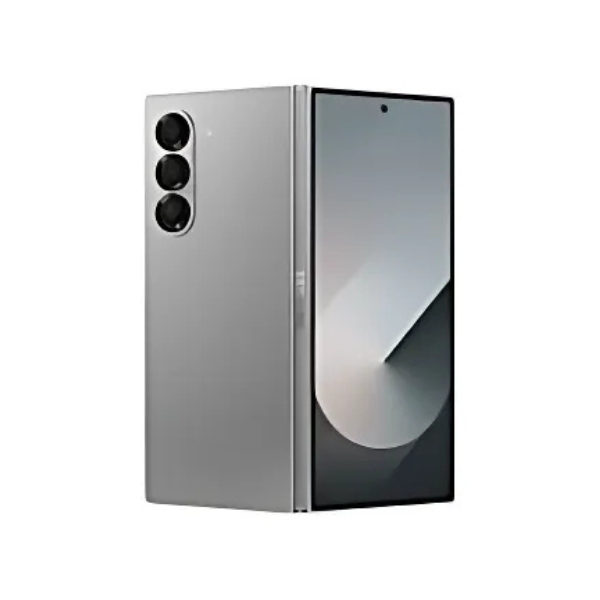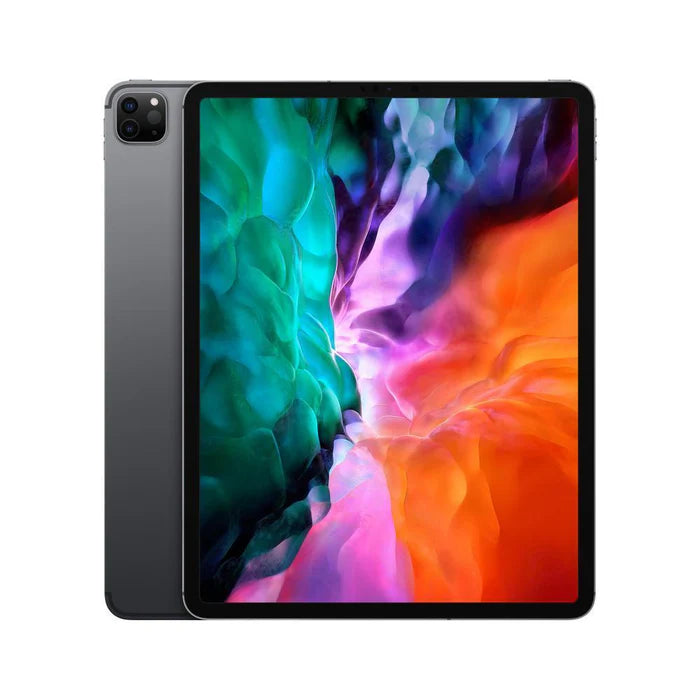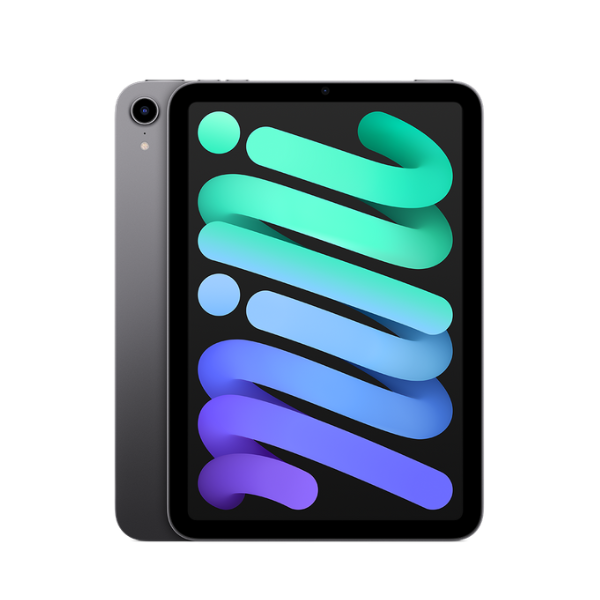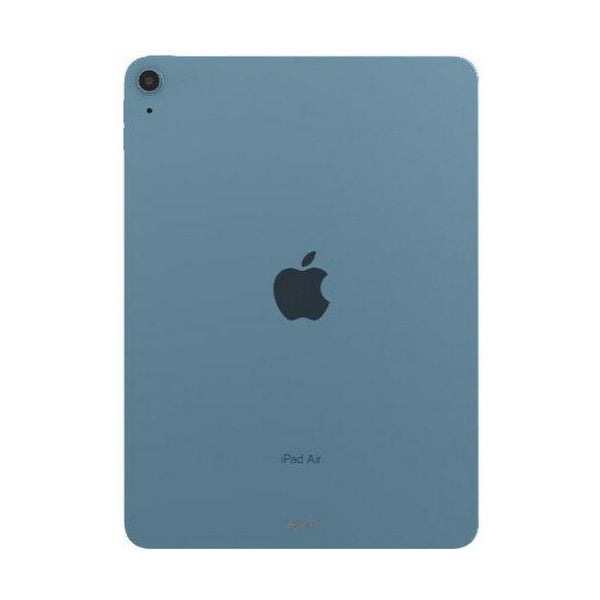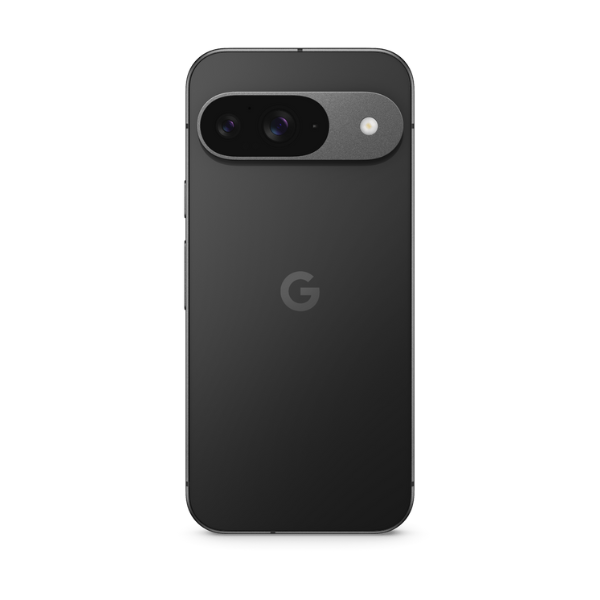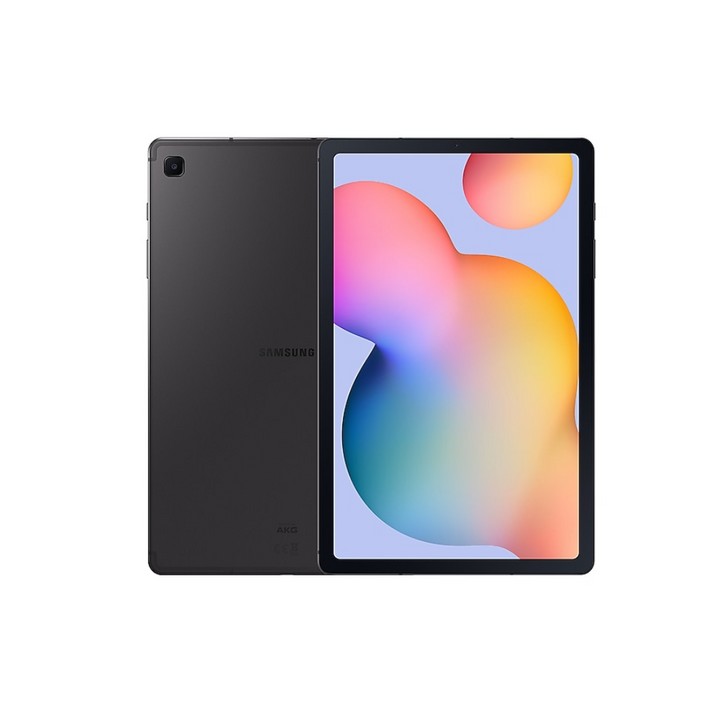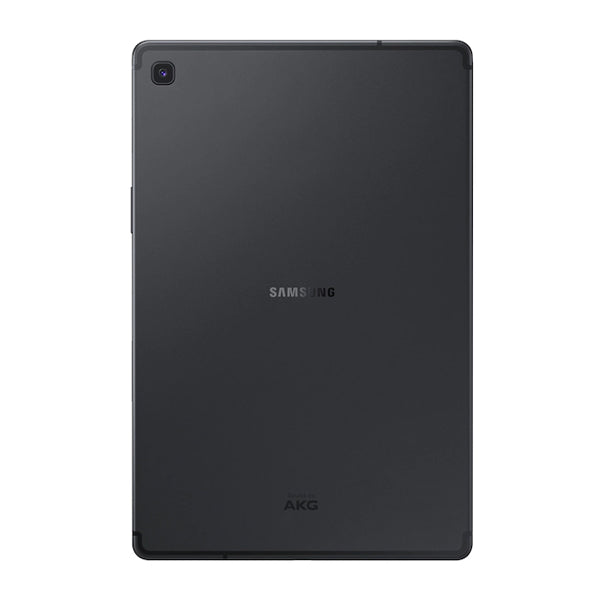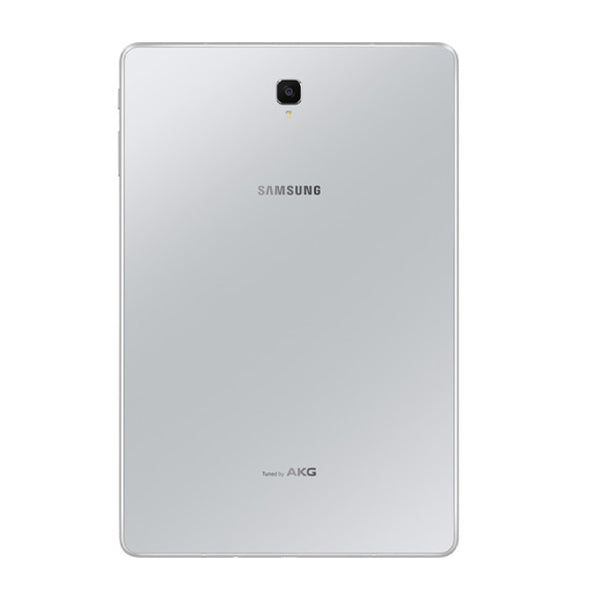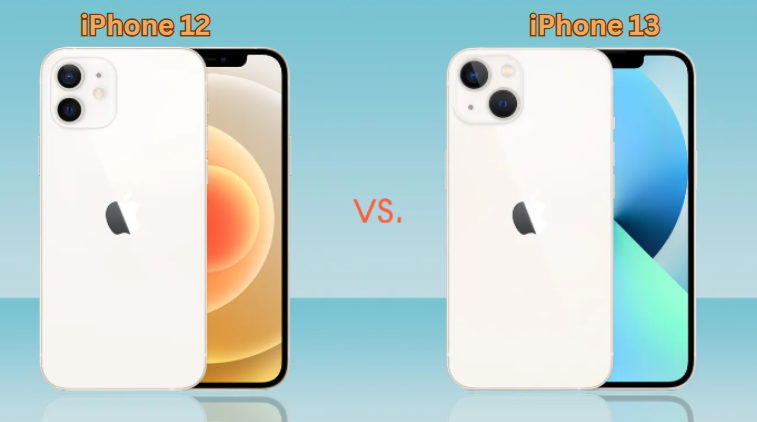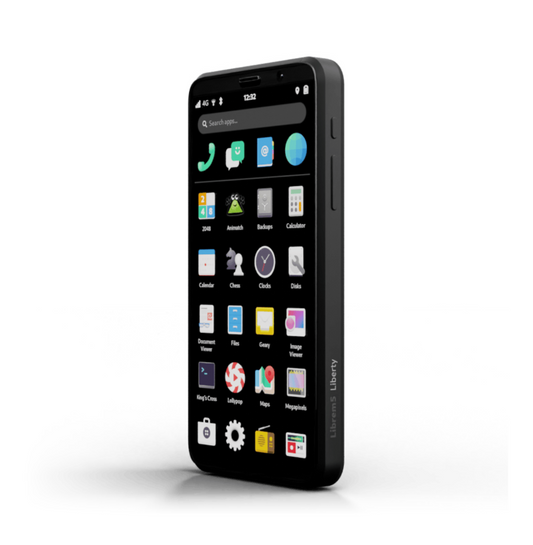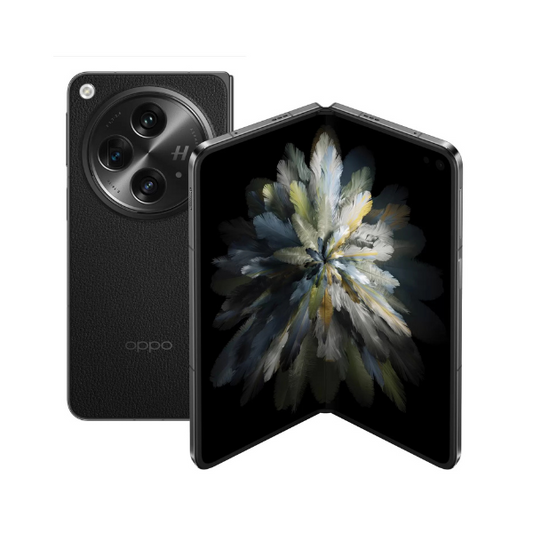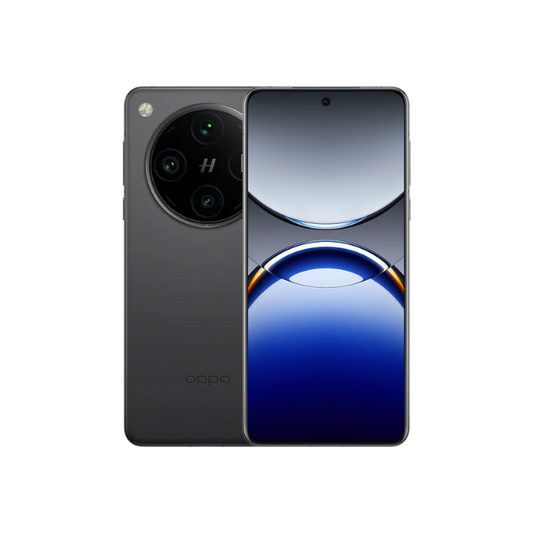We all know that technology is constantly changing and is never truly stationary. Each year, the market sees the release of new smartphone models, which attracts the attention of people who are eager to stay updated with the latest releases. The iPhone series has been leading the way in the search for the latest technology, with a large number of people eagerly awaiting the release of each new model.
Today, we will compare the iPhone 12 and iPhone 13, which are both recent additions to Apple's iPhone lineup. This article will discuss the features and specifications of both phones, highlighting their differences and similarities to assist you in making a decision. We will also explore if these phones remain a viable choice in 2023. Get ready to explore the world of iPhones!
Comparison Table of iPhone 12 vs iPhone 13
|
Features |
||
|
Display Size |
6.1 inches, 90.2 cm2 (~86.0% screen-to-body ratio) |
6.1 inches, 90.2 cm2 (~86.0% screen-to-body ratio) |
|
Display Type |
Super Retina XDR OLED, HDR10, 625 nits (typ), 1200 nits (peak) |
Super Retina XDR OLED, HDR10, Dolby Vision, 800 nits (HBM), 1200 nits (peak) |
|
Display Protection |
Scratch-resistant ceramic glass, oleophobic coating |
Ceramic Shield glass |
|
Display Resolution |
1170 x 2532 pixels, 19.5:9 ratio (~460 PPI density) |
1170 x 2532 pixels, 19.5:9 ratio (~460 PPI density) |
|
ProMotion Display |
Not Available |
Not Available |
|
Build |
Glass front (Gorilla Glass), glass back (Gorilla Glass), aluminum frame |
Glass front (Corning-made glass), glass back (Corning-made glass), aluminum frame |
|
Chipset |
Apple A14 Bionic (5 nm) |
Apple A15 Bionic (5 nm) |
|
RAM |
4GB |
4GB |
|
CPU cores |
6 cores |
6 cores |
|
GPU cores |
4 core |
5 core |
|
Durability |
IP68 |
IP68 |
|
Battery Type |
Li-Ion 2815 mAh, non-removable |
Li-Ion 3240 mAh, non-removable |
|
Fast Charging |
20W, 50% in 30 min (advertised) |
Not specified |
|
USB Power Delivery |
2.0 |
Not specified |
|
Wireless Charging |
Qi fast wireless charging 15W |
Not specified |
|
Battery life |
Up to 17 hours video |
Up to 19 hours video |
|
Primary Camera |
12 MP, f/1.6, 26mm (wide), 1.4µm, dual pixel PDAF, OIS |
12 MP, f/1.6, 26mm (wide), 1.7µm, dual pixel PDAF, sensor-shift OIS |
|
Selfie Camera |
12 MP, f/2.2, 23mm (wide), 1/3.6" SL 3D, (depth/biometrics sensor) |
12 MP, f/2.2, 23mm (wide), 1/3.6" |
|
Optical zoom range |
2x |
2x |
|
Video |
Dolby Vision HDR up to 4K at 30 fps |
Dolby Vision HDR up to 4K at 60 fps |
|
Optical Image Stabilization |
Not Available |
Available |
|
Photographic Styles |
Not Available |
Available |
|
Cinematic mode |
Not Available |
Available |
|
Dual eSIM support |
Not Available |
Available |
|
5G |
Available |
Available |
|
Weight |
5.78 ounces (164 grams) |
6.14 ounces (174 grams) |
|
Storage |
64GB, 128GB, 256GB |
128GB, 256GB, 512GB |
|
Pricing |
From $699 |
From $799 |
Check Out: What Are iPhone 12 Problems & How to Fix Them in 2023?

1) Design
When buying a new smartphone, it is crucial to take design into account as it holds significant importance. Customers are curious about the design differences between the Apple iPhone 13 and its predecessor, the iPhone 12. One major difference is the positioning of the two rear cameras. The iPhone 12 had a vertical stack of them, but the iPhone 13 had them arranged diagonally. That not only enhances the appearance of the phone but also improves the camera's functionality.
However, the main difference in design between the two models is the size of the notch that holds the TrueDepth camera array. The notch on the iPhone 13 is 20% smaller compared to the iPhone 12, resulting in more screen space. This enhancement reduces the visibility of the cutout and improves the overall user experience.
Both phones share a comparable industrial design, featuring squared edges and a flat aluminum band wrapping the sides. The edges are made of aerospace-grade aluminum, and both the front and back are made of a single piece of polished glass, creating a unified look. Both models are enhanced with a premium appearance and texture.
The iPhone 13 has made some subtle improvements, especially in the notch area, but the overall design of both models remains quite similar. Both options are suitable for customers who want a high-quality appearance. The decision on color will depend on individual taste.
Check Out: Top 10 Best Portable Chargers for iPhone in 2023
2) Display
Both the iPhone 12 and the iPhone 13 have a 6.1-inch OLED Super Retina XDR display that is impressive. That implies that no matter what you're doing - whether it's browsing the internet, watching your preferred TV shows, or texting loved ones - you can expect a visually pleasing experience with vivid colors, dark blacks, and clear text.
However, it is important to mention that there is a small distinction between the two displays. The display of the iPhone 13 is brighter by 175 nits compared to the iPhone 12 during regular non-HDR usage. If you frequently use your phone in bright sunlight or high-contrast settings, you might notice a slight improvement in visibility with the newer model. However, if you are satisfied with the display on your current iPhone 12, it may not be a significant factor to consider when deciding whether to upgrade to the iPhone 13.
3) Chip: A14 vs A15
The A15 Bionic chip in the iPhone 13 offers a slight performance boost compared to the A14 Bionic chip found in the iPhone 12. According to benchmarks, the A15 chip in the iPhone 13 has approximately 10% higher single-core performance and 18% higher multi-core performance compared to the A14 chip in the iPhone 12.
The iPhone 13 has approximately 15% better graphics performance compared to the A14 Bionic in the iPhone 12 for graphics tasks. The performance enhancements with the A15 are incremental rather than a significant factor to upgrade on their own. The A14 chip remains highly capable, and both devices are expected to perform similarly in everyday use.
Check Out: 4 Ways to Unlock iPhone Passcode Without a Computer
4) Camera
The iPhone 12 and iPhone 13 have two rear cameras: an Ultra Wide camera with a ƒ/2.4 aperture and a Wide camera with a ƒ/1.6 aperture. Both cameras have a resolution of 12MP. The Wide camera of the iPhone 13 has an enhanced sensor that enables it to capture more light, resulting in improved image quality. The camera's Ultra Wide feature now includes a new sensor that enhances the level of detail captured. The Wide camera includes sensor-shift optical image stabilization technology, which improves video stability and image quality.
The iPhone 13 and iPhone 12 can both capture Dolby Vision HDR video, but the iPhone 13 has a faster frame rate of 60 fps, while the iPhone 12 has a frame rate of 30 fps. The iPhone 13 introduces a new camera feature known as Cinematic mode. Users can record videos with a blurred background effect at a resolution of 1080p and a frame rate of 30fps.
Cinematic mode enables seamless focus transitions when capturing video. It keeps the main subject in focus and blurs the background. It can also automatically adjust the focus when a new subject is about to appear in the frame. You can use the Photos app to change the blur and focus of videos you have taken.
The iPhone 13 includes a feature known as Photographic Styles. These filters can be modified to either enhance or decrease colors without affecting the skin tone. Styles are used to apply changes to an image in a specific way, while filters are used to apply changes to the entire image. There are various styles of photography to choose from, including Vibrant (enhancing colors), Rich Contrast (increasing darkness and intensifying colors), Warm (highlighting golden undertones), or Cool (emphasizing blue undertones). You can customize the tone and warmth to match any style so you can achieve the look you want.
The cameras on the iPhone 12 and iPhone 13 have similar specifications. However, the iPhone 13 offers some extra features such as Dolby Vision HDR video with a higher frame rate, Cinematic mode, and Photographic Styles. Additionally, there are hardware enhancements, such as an enlarged sensor and sensor-shift stabilization. The camera on the iPhone 12 is decent, but the iPhone 13 has more photography and videography features and better image quality, making it a better option.

Check Out: How to Delete Contacts on an iPhone: Step-by-Step Guide
5) Dual SIM
Both devices can use two SIM cards, one physical nano-SIM and one eSIM. However, the iPhone 13 has the additional ability to support two eSIMs at the same time. To switch between two eSIMs, you'll require the iPhone 13, as it offers this feature.
6) Battery
Battery life is a notable difference between the iPhone 12 and the iPhone 13. The battery life of the iPhone 13 is 19 hours for video playback, which is 2 hours longer than the iPhone 12's battery life of 17 hours. The battery life of the iPhone 13 is longer than that of the iPhone 12 when streaming video, with 15 hours compared to 11 hours. The battery life of the iPhone 13 is 10 hours longer for audio streaming compared to the iPhone 12. The iPhone 13 is a better choice for users who prioritize maximum battery life compared to the iPhone 12.
7) Storage
The storage options for the iPhone 12 include 64GB, 128GB, and 256GB, while the iPhone 13 offers 128GB, 256GB, and 512GB storage options. That means that if you require more than 256GB of storage, you will have to choose the iPhone 13, which offers a larger storage capacity of 512 GB. Apart from that, the devices have the same storage options.
8) Connectivity
The iPhone 12 and iPhone 13 both have 5G capabilities. According to Apple, this feature enables quick downloads and streaming of high-quality content. That supports both mmWave 5G and sub-6GHz 5G connectivity in the US and other nations.
The iPhone 12 and iPhone 13 both have a Lightning connector at the bottom and can be used with MagSafe connectivity on the back. Furthermore, it can charge wirelessly using Qi technology at a speed of 7.5W, and when using a MagSafe wireless charger, it can charge at a faster rate of 15W.

Check Out: iPhone 14 Pro vs Pro Max: Which One is Right for You?
9) Color
The iPhone 12 comes in a variety of colors, including Purple, Green, Blue, White, and Black. However, the iPhone 13 is available in various colors, such as Midnight, Starlight, Blue, Pink, and Green. Both models are available in PRODUCT(RED) as well. The choice between the two models will ultimately come down to personal preference, even though the colors Blue, White, and Black are quite similar.
iPhone 12 Pros and Cons
Pros
- The inclusion of an OLED screen is a notable improvement.
- MagSafe is impressive and has great potential.
- Impressive display
- A top-notch smartphone camera
Cons
- The current ecosystem may make 64 GB of storage feel limited.
- Lack of telephoto lens
- Lack of extremely high refresh rate
iPhone 13 Pros and Cons
Pros
- Significantly enhanced battery performance
- Photos that are lively and cheerful, even in difficult situations.
- Display that is easily visible outdoors and has accurate calibration.
- Enhanced video mode with a stylish cinematic touch.
- Increase the storage capacity by two times without any additional cost.
Cons
- The display refresh rate could be faster, considering the price.
- Charging, whether wired or wireless, takes a relatively long time.
- Good lighting is essential for optimal performance in cinematic video mode.
- Some video formats are affected by a taller notch.
Buy Refurbished iPhone 12 and iPhone 13 From Roobotech in Australia.
Are you interested in purchasing a new iPhone? Are you worried about the high cost associated with purchasing a new device? Consider Roobotech as your top choice! Our store has a wide range of affordable refurbished iPhone 12 and iPhone 13 models available for purchase. What are the reasons for selecting a refurbished iPhone? Here are a few advantages:
Cost Savings:
Refurbished iPhones are typically much cheaper than brand-new devices, making it possible to acquire all the necessary features without spending a fortune.
Excellent Condition:
Our refurbished iPhones go through a thorough testing and quality assurance process to ensure they are in great working condition and without any significant damage or defects. You can experience the advantages of a new device at a more affordable price.
Being Eco-Friendly:
Opting for a refurbished iPhone is an excellent method to minimize your environmental footprint. Opting for a pre-owned device helps decrease electronic waste and reduces the resources required for manufacturing new smartphones.
Along with these advantages, Roobotech is pleased to provide a diverse selection of refurbished iPhone models that cater to your requirements. Whether you're interested in the smaller iPhone 12 Mini or the more advanced iPhone 13 Pro, we have what you need.
Why not take action now? Please take a look at our range of refurbished iPhones now and experience the advantages of a top-notch device at a more affordable price. Additionally, our website is designed to be user-friendly, and our customer support team is always ready to assist you, making it a breeze to discover the ideal smartphone that suits your requirements.
Check Out: Refurbished iPhone 12 vs. iPhone 11: Which is a Better Choice?
Final Thoughts
Both the iPhone 12 and iPhone 13 are impressive devices when considering all the information and features. If you determine that 64GB of storage meets your requirements, the iPhone 12 is an excellent option. The device features a high-performance A14 Bionic chip, a dual-camera setup, and a durable battery with extended usage time. The iPhone 12 is now offered at a lower price, making it an attractive option.
If you require storage beyond 64GB, consider purchasing the iPhone 13. The device offers improved camera hardware and a longer-lasting battery, making it a more attractive option for individuals requiring additional storage capacity. Additionally, the addition of new software features like Cinematic mode and ProRes video recording is very advantageous for people who create content.
Ultimately, choosing between the iPhone 12 and iPhone 13 will be based on your personal preferences and specific requirements. While the iPhone 13 is indeed superior, the iPhone 12 remains a dependable and capable device that should not be disregarded. Both options offer the renowned features and quality that Apple is famous for, making them an excellent choice for those looking for a high-end smartphone experience.
Check Out: Refurbished iPhone SE vs. iPhone 12 - Which One is Better?
Frequently Asked Questions
Are there significant differences between the iPhone 12 and iPhone 13?
The iPhone 13 has some improved technical features compared to its previous version. The screen is well-calibrated, providing improved readability, even in bright sunlight. Additionally, it includes Apple's latest A15 Bionic chip, which enhances performance and smoothness. However, it weighs more than the iPhone 12.
Should I upgrade from iPhone 12 to iPhone 13?
The iPhone 13 was released in 2021 as the next model after the iPhone 12. The improvements of this product include:
- A more vibrant screen.
- Enhanced rear cameras.
- The addition of Cinematic mode.
- Improved performance thanks to the A15 Bionic chip.
- Extended battery life.
- The option for a 512 GB storage capacity.
If you want to enjoy these improved features, consider buying an iPhone 13.
Should I still purchase the iPhone 12?
The iPhone 12 remains a highly functional smartphone that continues to receive software updates from Apple. On the other hand, there are newer models of iPhones available that provide improved features and performance. If you do not want enhanced features or you have a tight budget, then consider buying the iPhone 12.
Should I purchase the iPhone 13?
Ultimately, whether or not you choose to buy the iPhone 13 in 2023 will depend on your particular needs and personal preferences. The iPhone 13 is a good option if you prioritize performance, camera quality, and a dependable software experience. However, it didn't offer significant improvements compared to the iPhone 12.



